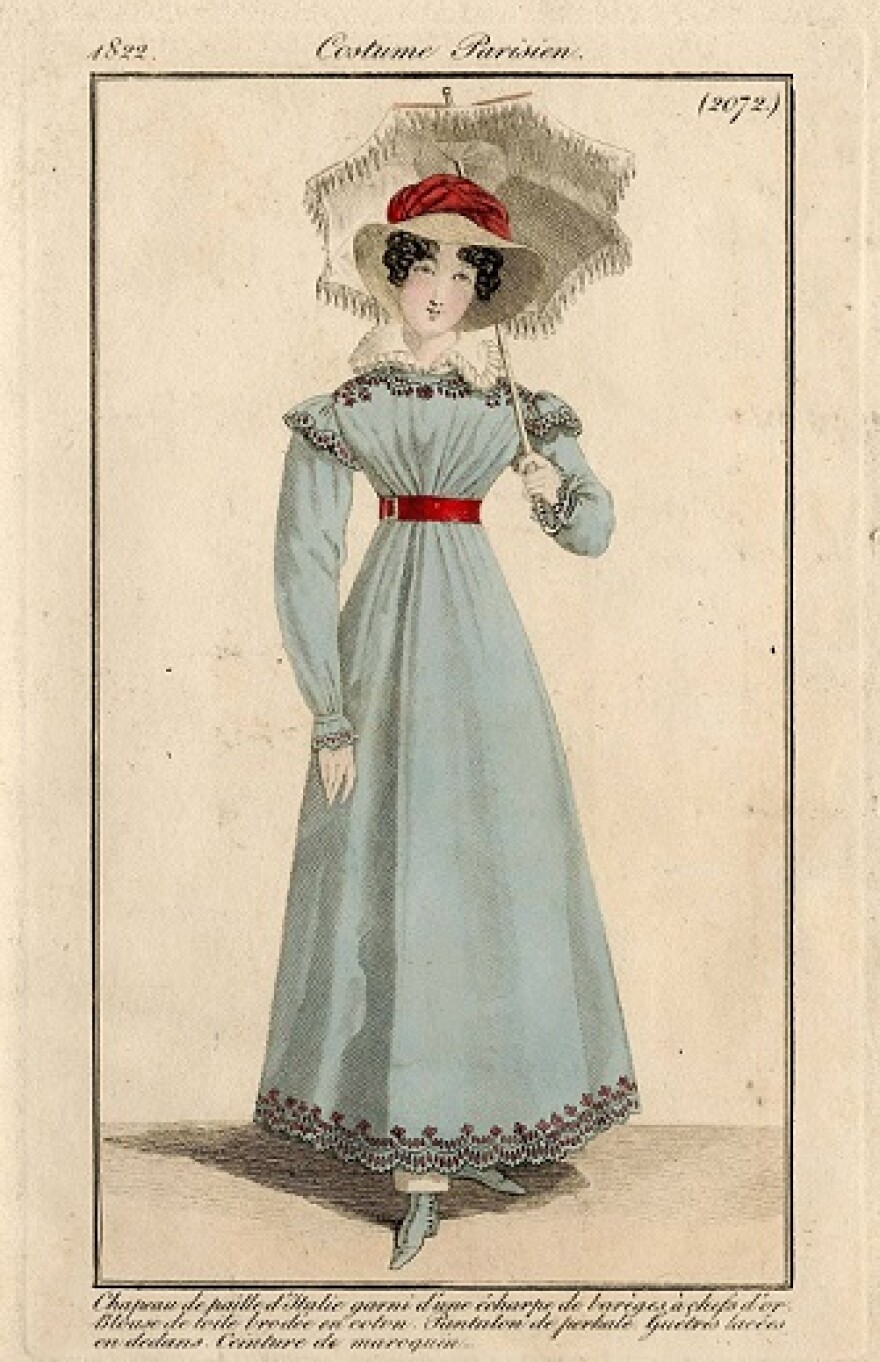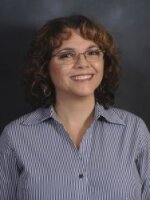After the 1821 transfer of Florida from Spain to the United States, there were a number of “firsts” that occurred - in the Pensacola area - of the new American territory. WUWF explores some of those firsts in our next Bicentennial Spotlight.
Let’s begin with the fact that Escambia became one of the first two original counties in the U.S. Territory of Florida.
“Oh, goodness yes; and, people would be amazed,” proclaimed Margo Stringfield, UWF Archaeologist and co-chair of the Pensacola-Escambia County Bicentennial Commission, referring to the map on the logo for the 200th Anniversary.
“You will see that there were two counties, Escambia and then St. John’s, and this was it for the state; two counties.”
For a time, the Spanish capitals of Pensacola — in Escambia — and St. Augustine — in St. John’s — served as the territory’s original capital cities. And, the Americans’ first legislative session was held at Pensacola in 1822, one year after the transfer.
Moving beyond the new government as a first in Florida, Stringfield points to a very important resource.
“I think probably the first 'first' is the newspaper, because this allows us to, really then take a journey down the road to other firsts.”
The first newspaper in the new American territory was The Floridian (later The Pensacola Gazette), and Stringfield says the first front-page story focused on spreading the news of the new American acquisition.
“The newspaper began being published in Pensacola in 1821 and it was a little late. I know the publishers planned to have their first issue come out immediately after the exchange of flags took place, but their printing equipment was delayed,” she explained of the late arrival from Philadelphia.
“And, they went to great lengths to explain that when they actually could publish the first newspaper, but that was not until August when they were able to get the equipment and be set up.”
Additionally, one of the publishers of The Floridian also was the first American Post Master, who led the expansion of mail delivery in the territory.
“And, they did this by looking inland. Claiborne, Alabama was one of the post stations if you were looking into the interior. And, mail also came and went by ships that were coming and going from Pensacola,” she said.
Although Spain’s colonial empire was crumbling, the Spanish maintained law and order in West Florida. But, right after the flag transfer, the American form of law enforcement began to take shape right away.
“We had a constable immediately appointed. So, they moved toward law enforcement in the American system, said Stringfield of the shift from military law enforcement under Spanish rule.

The first constable was James C. Craig, and the Escambia County Sheriff’s Office lists its first 1821 sheriff as Henri Piere.
As with law enforcement, public health also was a priority for the Spanish. However, the Americans established a more structured system, with Andrew Jackson’s personal physician, Dr. James Bronaugh appointed as the first president of the Pensacola Board of Health.
“You had a building on of what process was already in place with the Spanish. We just ramped it up a bit with what we had. And, it’s unfortunate that the first American physicians to come in. One was not well and died pretty immediately. Another one died in the yellow fever epidemic of 1822. So, this was a perilous place to be in terms of that particular disease and people took every effort to avoid it and control it.
Unfortunately, Dr. Bronaugh was one of the physicians who died of yellow fever. The Floridian, which suffered a months’ long pause in printing due to the epidemic, published the probate records of many others who had fallen victim to the 1822 outbreak.
On the other hand, the newspaper also painted a picture of the growth and development in the community, including advertisements for hotels.
“And, the Americans started building, oh, building like crazy,” Stringfield proclaimed of Florida’s first American building boom.
“In the ads in the newspaper, we can see in the Sept. 15 edition that was published in 1821, you had 100,000 juniper shingles that were coming and you had 50,000 feet of lumber that was coming in. So, they’re starting to ship in building materials immediately.”
The first American shipbuilder in town was John S. Wilson, who had served in the U.S. Navy.
An advertisement in The Floridian by the new merchant company, Wyche and Foster, showed the wide variety of other necessities that were being shipped — in bulk — to support the growing community.
“I’m looking at 90 barrels of whiskey, hams that were coming, and 5,000 lbs. of bacon. Shad was coming in. You also had cod come in. We’re seeing fish come in that might not be in our waters, but that people expected to have if they were coming from the northeast.”
Additionally, Stringfield says items like things like corn, hay, fodder, and oats indicated shipments of special food for horses, including those owned by military men and those with the first circus to perform in the new American territory. In 1821, a circus from Havana performed in Pensacola.
“Most of the entertainment-focused around the acrobatics on horses, the skill of horse riding, and trained horses. So, you would really have a beautiful exhibition of horsemanship going on,” she noted.
Another first for the American territory was the establishment of a ferry service in 1821.

“Yes, they advertised a ferry service and it was going to go from the foot of Palafox, down on the bay, over to Navy Cove,” Stringfield said. “And, this would have been to ferry people for either for pleasure or if they had jobs over there. So, this was a means of transportation to get from the mainland across the bay.”
Building on the existing community, the first American businesswoman was Miss H. Talmon, who opened a parasol shop. Henry Hill was one of the first to advertise the establishment of an “English School” in the new American territory of Florida. And, the first theatrical performance under American rule took place at the Tivoli entertainment complex in Pensacola.
All of this history will be commemorated in the 200th Anniversary Celebration, which will be held next Saturday, July 17.
Follow a timeline of Escambia County's 200 years of history.
Learn more about how to participate in the 1821 Sampler Project, which seeks present-day residents to represent residents at the time of the flag transfer in an online mosaic.


